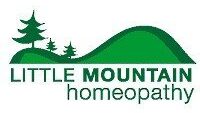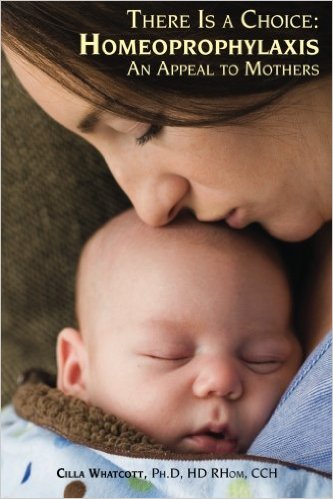Contents
Homeoprophylaxis FAQ
History of Homeoprophylaxis
Scientific Studies and Research on Homeoprophylaxis
Homeoprophylaxis FAQ
To learn more about homeopathy visit the general Homeopathy FAQ
What is homeoprophylaxis?
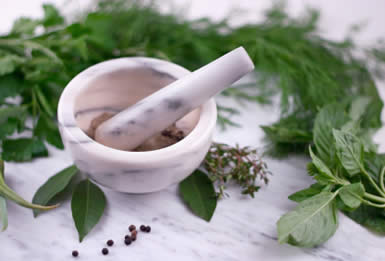
Homeoprophylaxis remedies are usually made from disease material, also known as a nosode. The disease material is then prepared in a homeopathic manner in order to render it completely safe and non-toxic. Learn more about How Homeopathic Medicines are Prepared.
Do nosodes contain toxins or additives?
No, they do not. The disease material, which is the starting ingredient, is rendered completely safe after a long series of dilutions and succussions (which is the way all homeopathics are made). No other additives or preservatives are used.
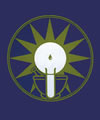
Where are homeoprophylaxis remedies made?
Homeoprophylaxis remedies are always made in a reputable homeopathic pharmacy.
How are homeoprophylaxis remedies administered?
Homeoprophylaxis remedies are administered by mouth and come in sugar pellet form. The pellets are the size of poppy seeds. Due to their pleasant taste and small size, they are easy to administer. They will dissolve easily in an infant’s mouth without danger of choking.
How does homeoprophylaxis work?
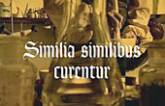
After the nosode is administered, this very minute dose of homeopathically prepared disease material is recognized by the body, thus strengthening the immune system.
The basic principle of homeopathy is the law of similars, or like cures like. Homeopathic medicines are always prescribed based on similarity to the symptoms that need to be cured. Homeopathy means “similar medicine.” Dr. Samuel Hahnemann, the founder of homeopathy, discovered the law of similars over 200 years ago: those same symptoms a particular medicine produces in a healthy person can thus be cured in a sick person.
Homeoprophylaxis take the law of similars a logical step further: like not only treats like; like also prevents like.
When was homeoprophylaxis first discovered?
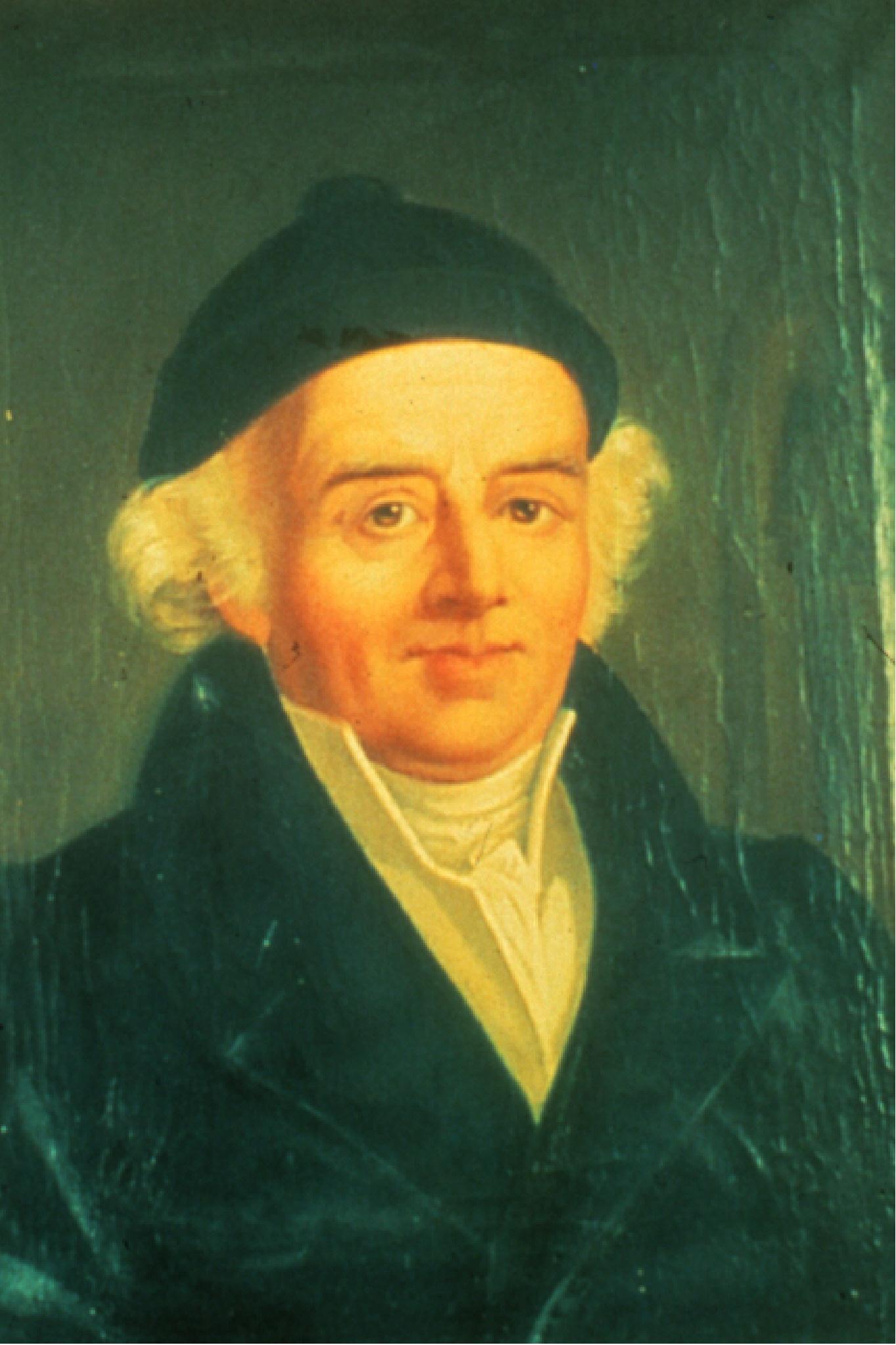
They were first used by Dr. Samuel Hahnemann, the founder of homeopathy, in 1799 to prevent scarlet fever. See below, “History of Homeoprophylaxis.”
What scientific studies have been done on homeoprophylaxis?
There have been a number of large scale studies of homeoprophylaxis. For further details, see “Scientific Studies and Research,” below.
How successful is homeoprophylaxis during epidemic outbreaks?
Homeopathy has been used successfully for hundreds of years in many different countries during epidemic outbreaks. For example, for the last few years, homeoprophylaxis been used successfully on millions of people in Cuba to prevent the tropical disease Leptospirosis. In Brazil, homeoprophylaxis was used successfully on thousands of people to prevent Meningitis. For more details, see under “Scientific Studies and Research”, below.
Does homeoprophylaxis produce an antibody response?
We do not have enough data to know the answer to this question for certain. There is currently a large scale study being done by US homeopath Kate Birch to answer this very question.
Homeopathic nosodes work according to the law of similars, “like prevents like,” (see above), rather than depending on antibody response. Therefore, the answer to this question is largely irrelevant.
That being said, there is some limited evidence that homeoprophylaxis produces an antibody response. In 1932, Dr. Chavanon measured an antibody response in his patients after the administration of homeopathic Diptherinum, used to prevent Diptheria. Dr. Chavanon’s results were replicated by Drs Patterson and Boyd, as well as by Dr. Roux, both tests producing similar results. See Scientific Studies and Research below to read more details about these studies.
Do you do long-distance and/or online consultations?
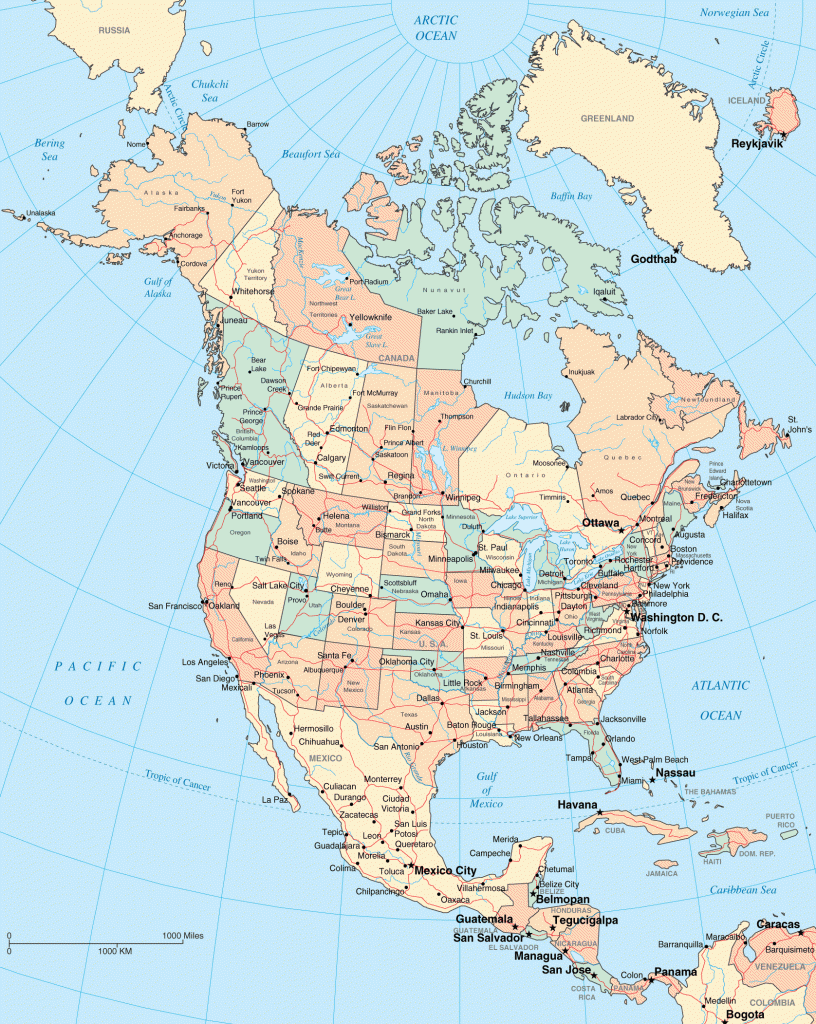
Yes, I have a number of clients residing in different parts of North America. Consults can be done by phone, Zoom or Skype.
What types of homeoprophylaxis consultations do you offer?
Childhood Homeoprophylaxis Consultations
Seasonal Homeoprophylaxis Consultations (Flu, COVID, RSV, etc)
Booster Homeoprophylaxis Consultations
Travel Homeoprophylaxis Consultations
How do I learn more about homeoprophylaxis?
A complete resource guide, including links to books, websites, videos, and courses can be found here: Homeoprophylaxis Resources
Read about Homeoprophylaxis Testimonials from clients
History of Homeoprophylaxis
Nosodes have been used successfully for over 200 years. Dr. Samuel Hahnemann, the founder of homeopathy, used homeoprophylaxis routinely in his practice.
Early history: Homeoprophylaxis of Scarlet Fever, Cholera and Smallpox
In 1799, the founder of homeopathy, Dr. Samuel Hahnemann, used the homeopathic remedy Belladonna successfully to prevent Scarlet Fever. Following Hahnemann’s example, another eleven medical doctors prescribed Belladonna during the same epidemic. They reported that of 1,646 children exposed to scarlet fever after being given Belladonna, only 123 (7.4%) developed symptoms of infection. In contrast, the infection rate in those who did not receive the prophylactic was as high as 90%. In 1838 the Prussian Government ordered the use of Belladonna during all scarlet fever epidemics after a report from their chief of physicians, Hufeland, showed it to be an effective prophylactic.
In 1831 Samuel Hahnemann prevented and treated cholera during the 1831 Asiatic cholera epidemic with the remedies Camphor, Cuprum metallicum and Veratrum album. In 1849 Dr Clemens von Boenninghausen treated and prevented untold numbers of cholera infections during the 1949 European epidemic with the above remedies recommended by Hahnemann. While a death rate of 54-90% occurred with conventional treatment, Boenninghausen’s patients had a mortality rate of only 5-16%.
In the 1800s Clemens von Boenninghausen used Thuja for both the treatment and prevention of smallpox during an epidemic. When given to uninfected family members of households with members already sick with the disease, not one of them went on to contract it. In 1902 Dr. Eaton reported that during a smallpox epidemic in Iowa, 2806 patients were treated prophylactically with homeopathic Variolinum. Of the 547 patients definitely exposed, only 14 developed the disease. The protection rate on these numbers was 97%.
Homeoprophylaxis of Polio
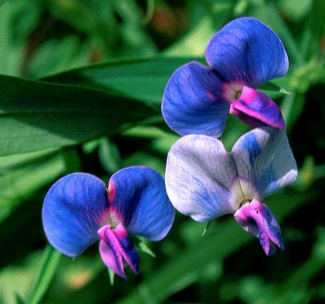
In 1950 during an epidemic of poliomyelitis, Dr Taylor Smith of Johannesburg, South Africa protected 82 people with homoeopathic Lathyrus sativus. Of the 82 who used the homeoprophylaxis, 12 came into direct contact with disease. None were infected. Dr Grimmer of Chicago prophylactically treated 5,000 young children with Lathyrus sativus. None developed polio.
In 1957 a severe poliomyelitis epidemic occurred in Buenos Aires. The majority of homoeopathic doctors prescribed Lathyrus sativus as a preventative. Drug stores distributed thousands of doses to the public. None of those who used the prophylactic registered a case of contagion (Eizayaga). In 1975 during another poliomyelitis epidemic in Buenos Aires, 40,000 were given the homeopathic prophylactic Lathyrus sativus. None developed poliomyelitis (Eizayaga).
Homeoprophylaxis of Dengue Fever
In 1996 Dengueinum 30 was administered to at least 39,200 people in the Delhi area during an epidemic of Dengue haemorrhagic fever. Follow-up of 23,520 people 10 days later showed only 5 people (0.125%) had developed mild symptoms, with the rest showing no signs or symptoms of the disease (CCRH). (During epidemics of dengue, attack rates among susceptible are often 40-50 %, but may reach 80-90 %, World Health Organisation.)
Homeoprophylaxis of Japanese B Encephalitis
In 1999 the Department of Indian Medicine and Homeopathy started distribution of nosodes for Japanese Encephalitis in a systematic way throughout the Indian state of Andrha Pradesh. JE mortality rates had touched a high of 638 deaths from 2038 cases in 1986, but fell to four from 33 cases in 2001, following the implementation of the homeoprophylaxis program. Even the World Health Organisation and the Medical and Health Department acknowledge that homeoprophylaxis has been a vital factor in the sharp decline of Japanese Encephalitis cases in Andrha Pradesh.
References
Birch, Kate. Vaccine Free Prevention and Treatment of Infectious Contagious Disease with Homeopathy: A Manual for Practitioners and Consumers. Trafford Publishing, 2007
Central Council of Research in Homoeopathy. CCRH News 1996-1997.
Currim, A.M. Ed. 1996. The Collected Works of Arthur Grimmer, M.D. Norwalk and Greifenberg, Hahnemann International Institute for Homeopathic Documentation.
Dudgeon R. E. 1853. Lectures on the Theory and Practice of Homeopathy, p.541,2. Republished by B. Jain Publishers, 2002, New Dehli.
Eaton, Dr. C. W., Variolinum. (a paper read before the American Institute of Homeopathy), 1907.
Eisfelder, HW, “Poliomyelitis Immunization: A Final Report.” Journal of the American Institute of Homeopathy. V. 54, Nov-Dec 1961, pp. 166-167.
Eizayaga, Dr. F. X., Treatise on Homeopathic Medicine. (E. Marecel, Buenos Aires, pp. 282-286).
Golden, Dr. Isaac, Vaccination & Homeoprophylaxis? A Review of Risks and Alternatives. 6th ed., Isaac Golden Publications, 2007.
Hahnemann, Dr. Samuel. “Cause and Prevention of the Asiatic Cholera.” Archiv. f. hom. Helik., vol. xi, 1831.
Hahnemann, Dr. Samuel, “Cure and Prevention of Scarlet Fever.” Lesser Writings. Jain, 1801, p. 369-384.
Hufeland. “Prophylactic Power of Belladonna in Scarlet Fever,” Hufeland’s Journal, 1828.
Staff Reporter. “Japanese Encephalitis on the Decline in State,” The Hindu, April 1, 2003.
Taylor-Smith, A. “Poliomyelitis and prophylaxis.” Br Homeopath J, 1950 Apr;40(2):65-77.
Von Boenninghausen, C. Baron. “Vide Concerning the Curative Effects of Thuja in Smallpox.” Lesser Writings, Jain, 1908.
Scientific Studies and Research
Dr. Isaac Golden’s Research

In 1986, Australian homeopath Dr. Isaac Golden began a formal research study of homeoprophylaxis. Over the course of 15 years, between 1988-2003, he gave nosodes to 2342 children whose parents participated in his childhood homeoprophylaxis program. He tabulated the survey responses, and found that the overall success of his homeoprophylaxis program was 90.4%.

Between 2001-2004, Dr. Golden did a study of the relative safety of vaccinations vs. homeoprophylaxis. He surveyed parents of 781 children; some used vaccinations and some used homeoprophylaxis. Dr. Golden found that children who received standard vaccinations were 15 times more likely to get asthma, 7 times more likely to get eczema, and 2 times more likely to get allergies than those who used homeoprophylaxis.
Click here for a more detailed account of Dr. Golden’s research in support of homeoprophylaxis
Study of Homeopathic Belladonna for the Prevention of Japanese Encephalitis
A study published in 2010 by researchers at Kolkata’s School of Tropical Medicine and the Central Council for Research in Homeopathy showed that the homeopathic medicine Belladonna prevented infection in chick embryos infected with the Japanese Encephalitis virus.
The study showed significant decrease in the viral load when treated with the homeopathic medicine Belladonna in different potencies, in comparison to placebo, said principal investigator Dr. Bhaswati Bandopadhyay, assistant professor of virology, School of Tropical Medicine.
Study of Homeoprophylaxis of Leptospirosis in Cuba
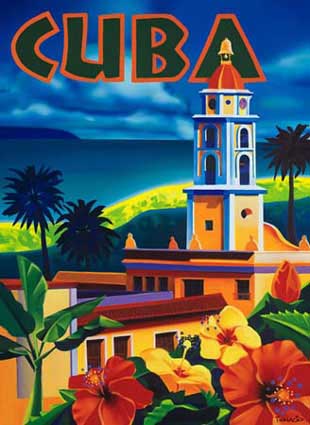
BACKGROUND: Leptospirosis is a zoonotic disease of major importance in the tropics where the incidence peaks in rainy seasons. Natural disasters represent a big challenge to Leptospirosis prevention strategies especially in endemic regions. Vaccination is an effective option but of reduced effectiveness in emergency situations. Homeoprophylactic interventions might help to control epidemics by using highly-diluted pathogens to induce protection in a short time scale. We report the results of a very large-scale homeoprophylaxis (HP) intervention against Leptospirosis in a dangerous epidemic situation in three provinces of Cuba in 2007.
METHODS: Forecast models were used to estimate possible trends of disease incidence. A homeoprophylactic formulation was prepared from dilutions of four circulating strains of Leptospirosis. This formulation was administered orally to 2.3 million persons at high risk in an epidemic in a region affected by natural disasters. The data from surveillance were used to measure the impact of the intervention by comparing with historical trends and non-intervention regions.
RESULTS: After the homeoprophylactic intervention a significant decrease of the disease incidence was observed in the intervention regions. No such modifications were observed in non-intervention regions. In the intervention region the incidence of Leptospirosis fell below the historic median. This observation was independent of rainfall.
CONCLUSIONS: The homeoprophylactic approach was associated with a large reduction of disease incidence and control of the epidemic. The results suggest the use of HP as a feasible tool for epidemic control, further research is warranted.
For a more detailed analysis of Cuba’s success with using homeoprophylaxis, read Dr. Isaac Golden and Dr. Gustavo Bracho’s article:
Homeoprophylaxis Against Leptospirosis in Cuba
Large-Scale Studies in Brazil of Homeoprophylaxis of Meningococcal Disease
In 1974, during an outbreak of Meningococcal disease in Brazil, 18,640 children were protected homeopathically against Meningococcal infection, and 6,340 were not. The following results were obtained:
18,640 protected homeopathically – 4 cases of Meningococcal infection
6,340 not protected – 32 cases of Meningococcal infection
Based on the infection (attack) rate in the unprotected group, 94 cases of infection would have been expected in the homeopathically protected group. Instead, there were only four cases of Meningococcal infection, showing that the homeopathic option had a 95% success against Meningococcal disease.
The results of the first study led to the Brazilian government funding a larger study in 1998. It was conducted by two Professors of Medicine from the University Foundation in Blumenau, Brazil, and a Blumenau specialist physician and Health City Secretary.
A total of 65,826 people between the ages of 0-20 were protected homeopathically against Meningococcal disease while 23,532 were not. Over a 12 month period, the following results were obtained:
- 65,826 protected homeopathically – 4 cases of Meningococcal infection.
- 23,532 not protected – 20 cases of Meningococcal infection.
Based on the infection (attack) rate in the unprotected group, 58 cases of infection would have been expected in the homeopathically protected group. Instead, there were only four cases of Meningococcal infection. Statistical analysis showed that homeopathic protection offered 95% protection in the first six months and 91% protection over the year against Meningococcal disease.
Chikungunya Fever Study in Karala, India
Abstract: Homeopathy has established its supremacy in the control of infectious viral diseases. The widespread acclaim in this regard is now supported by this study. The study was conducted in the Chikungunya fever hit areas of Kerala. The genus epidemicus was selected after detailed analysis of the first cases of Chikungunya. This preventive medicine was widely distributed in the disease prevalent areas. A survey was conducted for the evaluation of prophylactic efficacy. The study showed a very high significant effect of Homeopathic medicine in the prevention of Chikungunya fever.
Effectiveness of Medicine Malaria Off 200, as Mass Prophylaxis against Malaria in the High- Risk Villages of Shahdol, Madhya Pradesh, March 2019
Abstract
Background: Learning from the past experiences, the district health authority Shahdol has planned a mass-prophylactic activity with the Homeopathy Medicine (Malaria Off 200) in the selected high-risk villages (above 5 API) in the year 2016. The present paper reports the effectiveness of Malaria off 200 as mass-prophylactic drug in addition to routine antimalarial activities under NVBDCP in district Shahdol, Madhya Pradesh in year 2016. Methods: A Homeopathic drug Malaria Off 200 was used for the mass-prophylaxis of Malaria in high malaria transmission season in selected 28 villages of district Shahdol. The effectiveness of the drug was ascertained as “Reduction of ≥20% villages, having more than 2 malaria case in six-month period (July-December 2016) in comparison to the previous year”.. Results: Of the 28 villages, seven (25%) reported Malaria case incidence equal to or less than two in six-month period (July-December 2016). In the same time period in previous year 23 (82%) villages reported Malaria case incidence more than two. So, reduction of number of villages with ‘biannual Malaria case incidence’ rate was 57%. Conclusion: The short term finding validate the campaign as effective, as per the operational definition of effectiveness coined for the campaign. However, further time series studies with Autoregressive Integrated Moving Average (ARIMA) is recommended for future.
Malaria Study in Chhattisgarh, India
Chininum sulphuricum 200 was used as a titrated medicine for distribution in the community and total 8 weekly doses were given in the field from mid-September to 1st week of November, 2011. This period coincides with the highest transmission of malaria in the area.
A total of 98,719 persons consumed Chininum sulph 200 out of total 1, 02,977 population contacted in Kota block (Bilaspur). Of the total 470 cases of fever, blood slide results were available only for 321 cases. Of these, 289 persons had consumed the medicine and the remaining 51 had not consumed the medicine. Of those who had consumed medicine, 32 (11.07%) were found to be malaria positive. Of those who had not consumed the medicine, 19 (59.37%) were found to be malaria positive. Thus, the proportion of malaria positive persons was more than 5 times than those who had consumed 2 the medicine. This indicates a clear association between consumption of medicine and decrease in number of malaria cases during intervention period.
Doctors Discover the Presence of Antibodies to Diphtheria after the Administration of Homeopathic Diphtherinum
A laboratory experiment in 1932 published by Dr Chavanon showed that 45 children became Schick test negative (indicating the presence of antibodies to diphtheria) after being treated with Diphtherinum. The test was repeated by Drs Patterson and Boyd with 23 out of 33 children becoming Schick test negative after being given Diphtherinum. In 1947 Dr Roux repeated the test and produced a similar result (Eizayaga).
A Review of the Effectiveness of Homoeoprophylaxis: SARS-CoV-2 Compared to Pre-COVID-19 Infectious Diseases Isaac Golden , Gustavo Bracho
Abstract
From Hahnemann’s use in 1799 of Belladonna 30 to prevent scarlet fever, to the prevention of severe acute respiratory syndrome coronavirus 2 (SARS-CoV-2) in 2023, appropriate potencies of similarly ‘similar’ remedies have been used to prevent targeted infectious diseases. This is known to many as homeoprophylaxis (HP) or ‘similar prevention.’ Data from recent surveys suggest that the effectiveness of HP remedies against SARS-CoV-2 is lower compared to other infectious diseases. This review examines relevant evidence and suggests possible explanations for the emerging difference and ways to improve HP effectiveness. Evidence of HP’s effectiveness against a range of infectious diseases from 1974 to 2014 is compared with evidence of HP’s effectiveness against SARS-CoV-2 collected from 2020 to 2022. A summary of the evidence, describing the use of over 247,000,000 doses of HP medicines against various infectious diseases, suggests an average effectiveness of around 88%. Another summary of the evidence, describing the use of HP by several authors in 2020, 2021, and 2022 against SARS-CoV-2, shows a range of effectiveness around 70%. The reasons for apparent differences in HP effectiveness between ‘traditional’ infectious diseases and SARS-CoV-2 are discussed. It is suggested that these differences could have been expected, particularly due to the quality of most nosodes against SARS-CoV-2. The value of HP in comparison to coronavirus disease 2019 vaccines is also discussed, and conclusions are drawn. Appropriate HP against SARS-CoV-2 offers an option that appears to be at least as effective as vaccination, without any risk of toxic damage, but there is room for improvement.
References
Bandyopadhyay, Bhaswati et al. “Decreased Intensity of Japanese Encephalitis Virus Infection in Chick Chorioallantoic Membrane Under Influence of Ultradiluted Belladonna Extract,” American Journal of Infectious Diseases, Diseases 6 (2): 24-28, 2010
Bracho G, Varela E, Fernández R, et al. “Large-scale application of highly-diluted bacteria for Leptospirosis epidemic control.” Homeopathy 2010; 99: 156-166.
Castro, D. & Nogueira, G. G. (1975). “Use of the nosode Meningococcinum as a preventative against meningitis.” Journal of the American Institute of Homeopathy, 1975 Dec 68 (4), 211-219.
Chavanon, P. 1952. La Dipterie, 4th Ed, St Denis, Niort: Imprimerie.
Eizayaga. F. “Tratamiento Homeopatico de las Enfermedades Agudas y Su Prevension.” Homeopatia. 1985; 51(324): pp. 352-362.
Golden, Dr. Isaac, Vaccination & Homeoprophylaxis? A Review of Risks and Alternatives. 6th ed., Isaac Golden Publications, 2007.
Mroninski C, Adriano E & Mattos G. (1998/99) “Meningococcinum: Its protective effect against Meningococcal disease,” Homeopathic Links, Vol 14 Winter 2001, 230-234.
Patterson, J. and Boyd, W.E. “Potency Action: A Preliminary Study of the Alternation of the Schick Test by a Homeopathic Potency.” British Homeopathic Journal. 1941; 31: pp.301-309.
Rejikumar, Dr R , Dr R S Dinesh et al. “A Study on the Prophylactic Efficacy of Homoeopathic Preventive Medicine Against Chikungunya Fever.”
State Health Resource Centre, Chhattisgarh. “Efficacy of Chininum Sulph 200C in prevention of malaria – An Operational Research Study.” June, 2013.
Disclaimer: Homeopathic remedies are always safe, non toxic and natural. Our remedies should never be confused for or conflated with pharmaceutical drugs, including vaccines. Little Mountain Homeopathy offers no medical opinion to parents about whether or not they should decide to vaccinate. Parents are encouraged to weigh the pros and cons of their decision and to do as much of their own research as possible about the pros and cons of vaccination.
